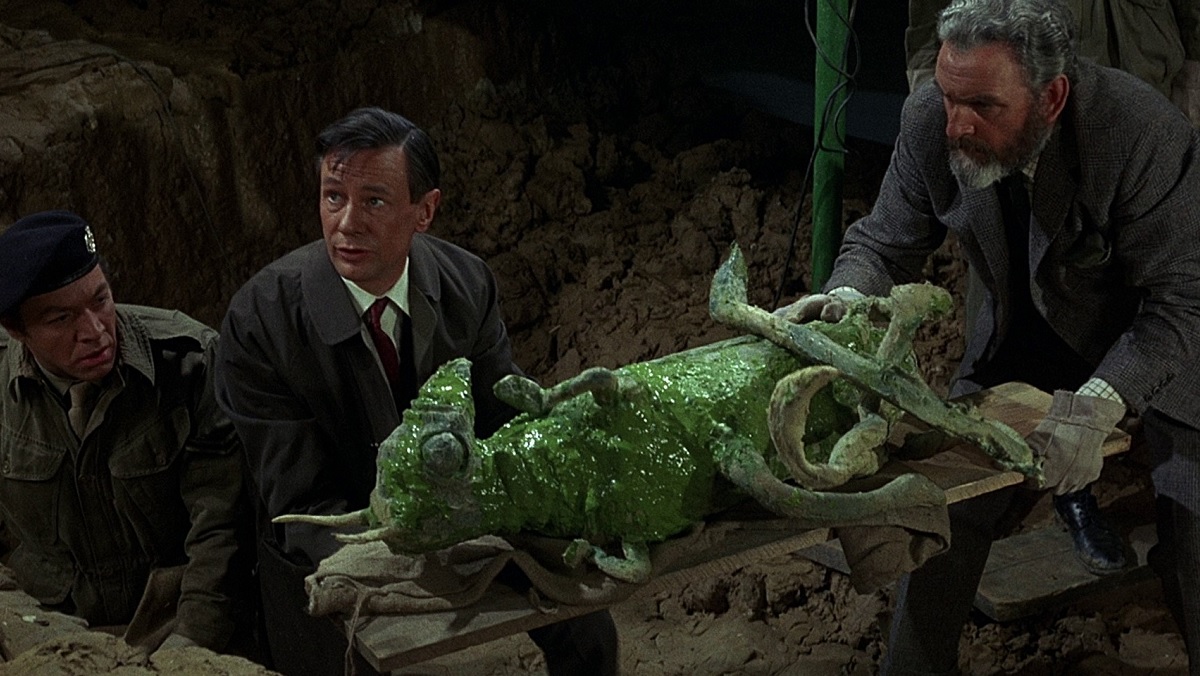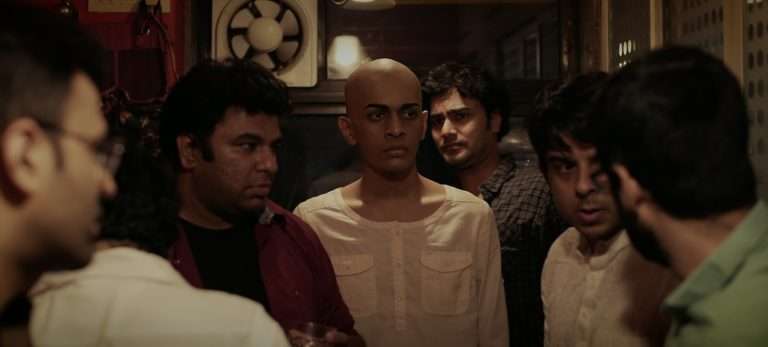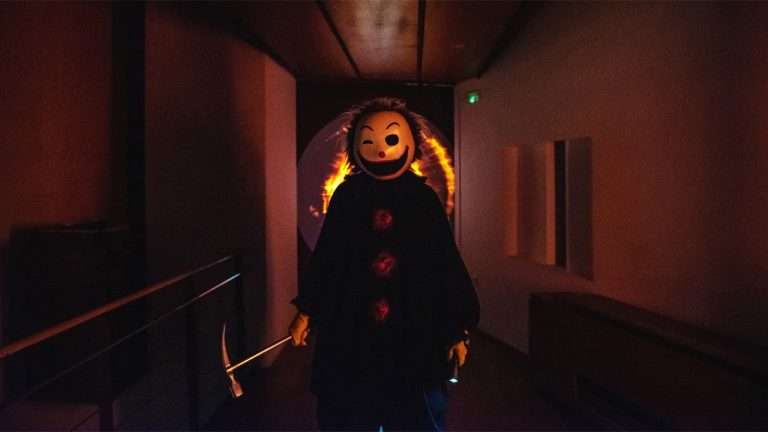The horror in the Quatermass series was always more about the story’s implications than the events themselves. Sure, the alien creatures were scary, but the discovery of the reproduction capabilities of the monster in The Quatermass Experiment (1955) was the main point of what made the alien so horrifying. Even more so when we realize that the protagonist, Bernard Quatermass, played by Brian DonLevy at the time, does not really care that humanity is close to extinction. In fact, his only worry was that those events would hinder his rocket project, the very thing that kickstarted the whole plot. The story’s final image depicts him walking in the shadows, determined to try again.
In Quatermass II (1957), the alien takeover is subtle. The invasive aliens slowly assume control of government members, protecting their colonization through bureaucratic means, using the army and politicians to shield themselves. Meanwhile, Quatermass and his allies are left to figure out who can be trusted or not and if there is still time to save the world.
But in Quatermass and The Pit, released in 1967, the implications of the discovery gain the main stage, affecting not only the viewers but also the characters and the world around them. The movie revolves around a fascinating discovery: prehistoric skulls are found during a subway expansion in London, pre-dating even human existence. After some more digging, another incredible discovery, a strange capsule made of something akin to metal, is thought to be an unexploded II World War bomb at first. But later revealed to be a much more terrifying artifact – a Martian probe containing five alien bodies and a fantastic truth that will shake the world to its very core.
It’s a sci-fi horror, for sure. But the plot is more akin to a haunted house story, complete with moving objects and ghostly sightings. However, the haunting here is twofold: Quatermass, here played by Andrew Keir, finds ancient writings where people witnessed visions of a “hideous dwarf” moving through walls at the exact location of the digging. However, another eerie memory covers the plot: the memory of the war. London suffered greatly during the Nazi mass bombings, which killed approximately 40 thousand civilians and left a painful memory for many more.

Aside from the initial confusion over what the probe is, WWII is brought up repeatedly, particularly by Colonel Breen (Julian Glover), himself a reminder that the danger of warfare still exists. The very first scene of the movie shows that Quatermass’ project of colonizing the moon is being taken over by the military, despite the protests of the main character. When Quatermass tells the truth about the pods to the press, the remembrance of the conflict is used as a shield, with the government claiming that the spaceship is nothing more than a leftover nazi propaganda made to confuse the masses and create chaos.
This government cover-up is another thematic link within Quatermass and The Pit narrative concerning the immense power of memory. During their research, Quatermass and his team discover that the Martians are not so alien, after all, but our very distant ancestors. The presence of the spaceship awakens in human minds faint memories of what happened five million years ago, when they came to Earth and genetically manipulated the inhabitants, ensuring their survival. And what happened was, of course, something very similar to war.
In the sequence in which the recorded memories are shown to a group of government members, the Martians run en masse amongst a bombarded landscape. It’s all very faint, imprecise, like a ghost. Still, it’s enough to infer the warlike scenario which made them leave Mars in droves. Even millions of years apart, history repeats itself, the shadow of violence hanging above our existence. Along with iconography and moments very similar to movies about haunted places – sightings of invisible figures shaking a person to their core, moving objects – Quatermass and The Pit also bring repeated images and references to combat, which has shaped much of the world for so long.
These images all clash together in the semi-apocalyptic climax. The craft is revealed to be intelligent, and it begins sending psych signals throughout London, driving the populace to a furious frenzy and destroying the city. Buildings blow up, and streets crack, while the populace, with its memory, scrambled, destroys everything in sight, while the phantasmagoric image of Martian hovers above it all, “the devil’s image,” claims one character.
Of course, by the end, the martian influence is cut off, and everyone returns to normal…but maybe not. The final images in the Quatermass series were always ominous. The first one with the protagonist not entirely realizing that his actions almost killed humanity, and the second with the phrase “how final can it be?” is uttered. The trend continues in the third installment but is much deeper this time. There is no resolution, no witty punchline at the end of it all; there is only silence.
Quatermass and his allies exchange glances amongst the debris, dirty, tired, and shocked. It doesn’t feel like a win. Humanity has lost to the images of its past, distant and recent, unable to free itself from conflict. How far are we from the destiny of our ancestors? There is no answer, but judging by the characters’ expressions, it is closer than they thought.





![A Perfect Pairing [2022] Review: Old Wine in a New Bottle – Netflix Rom-Com Version](https://79468c92.delivery.rocketcdn.me/wp-content/uploads/2022/05/A-Perfect-Pairing-768x513.webp)
